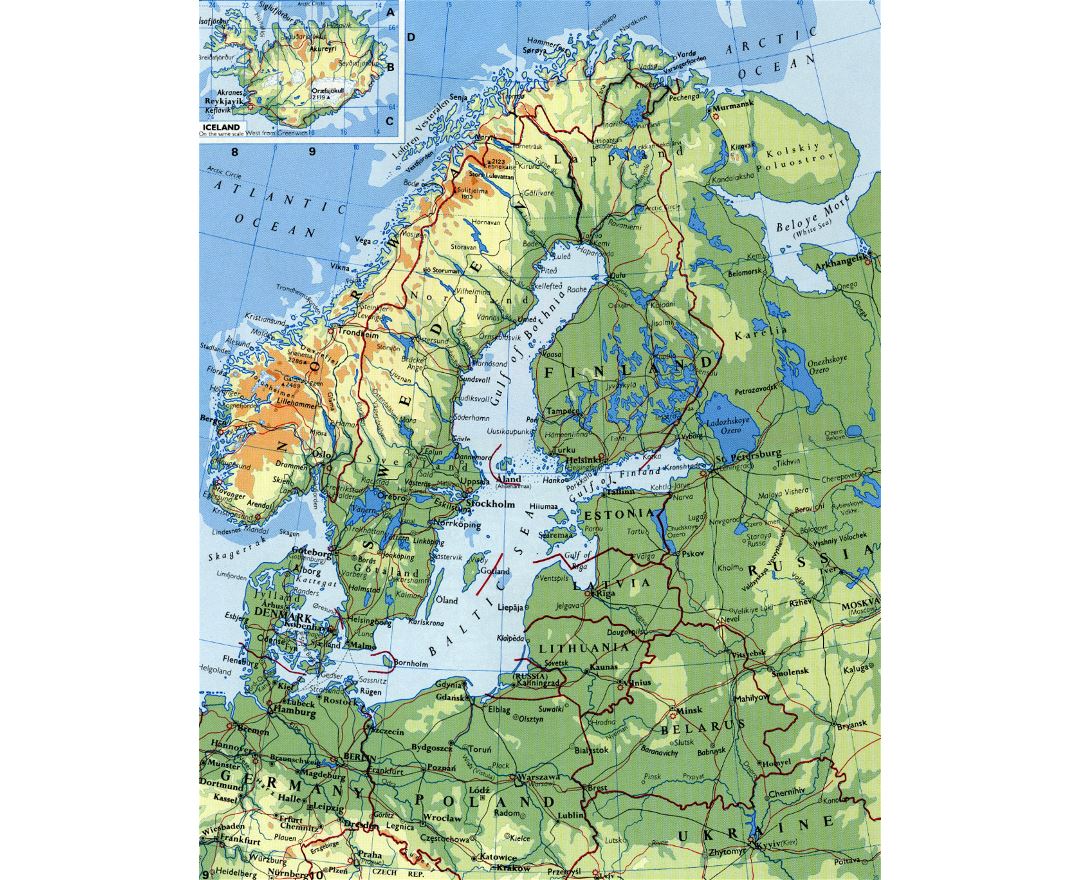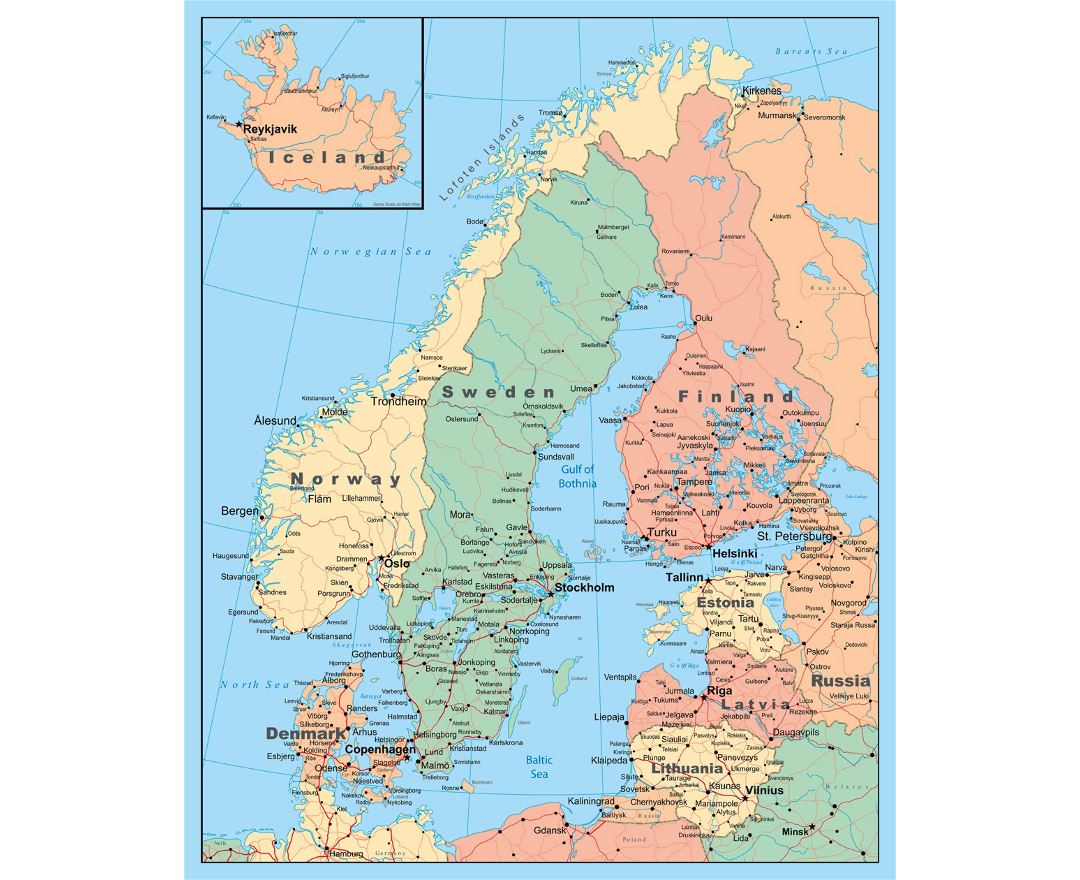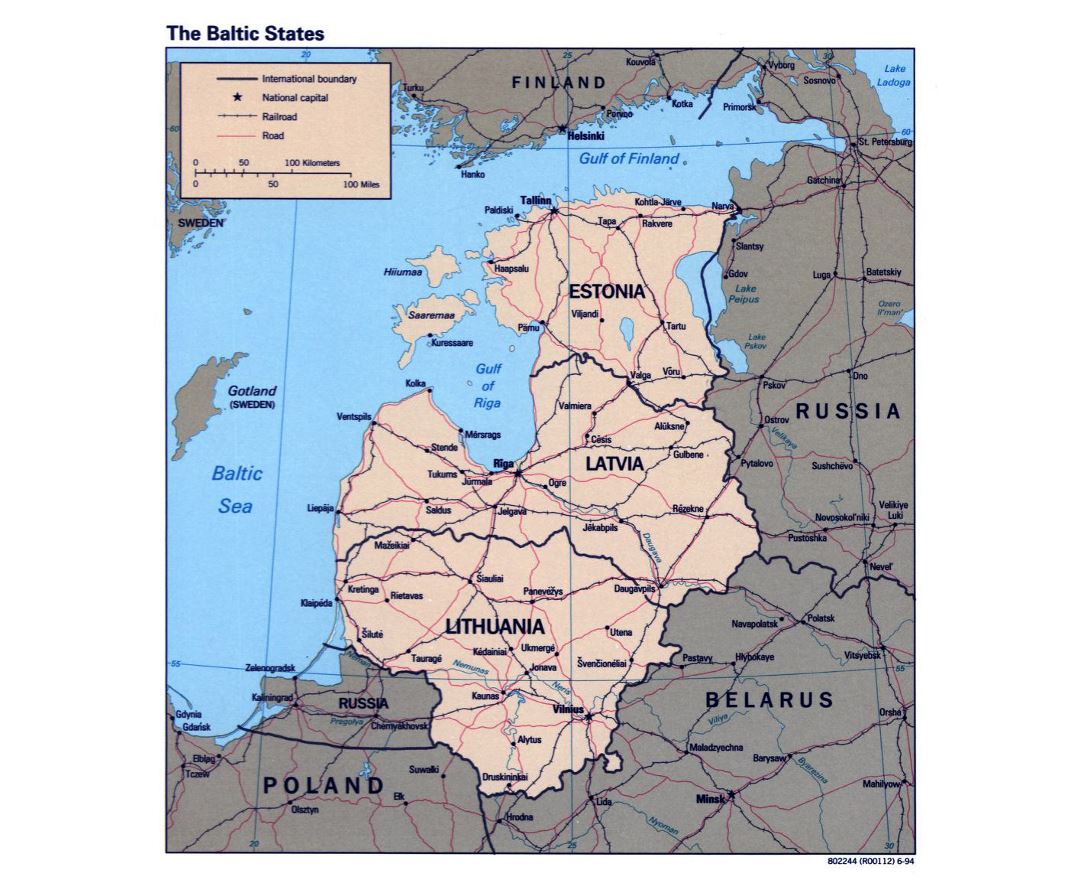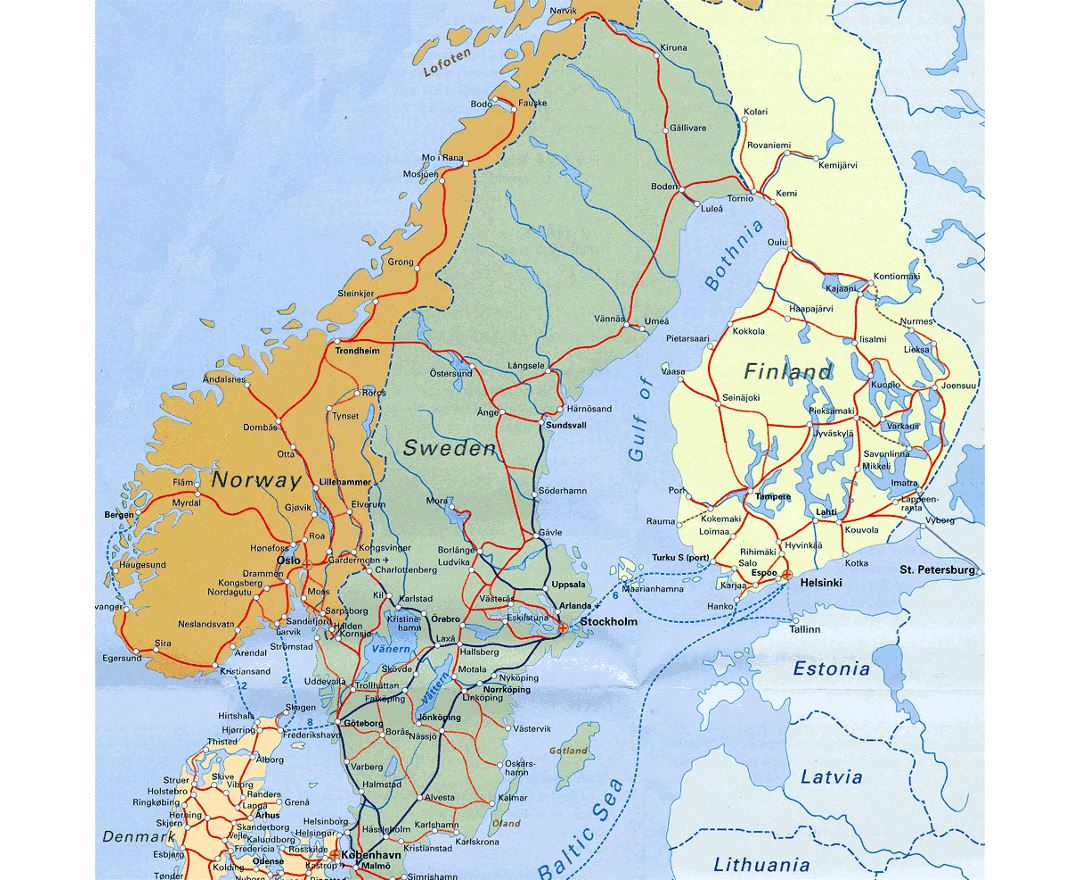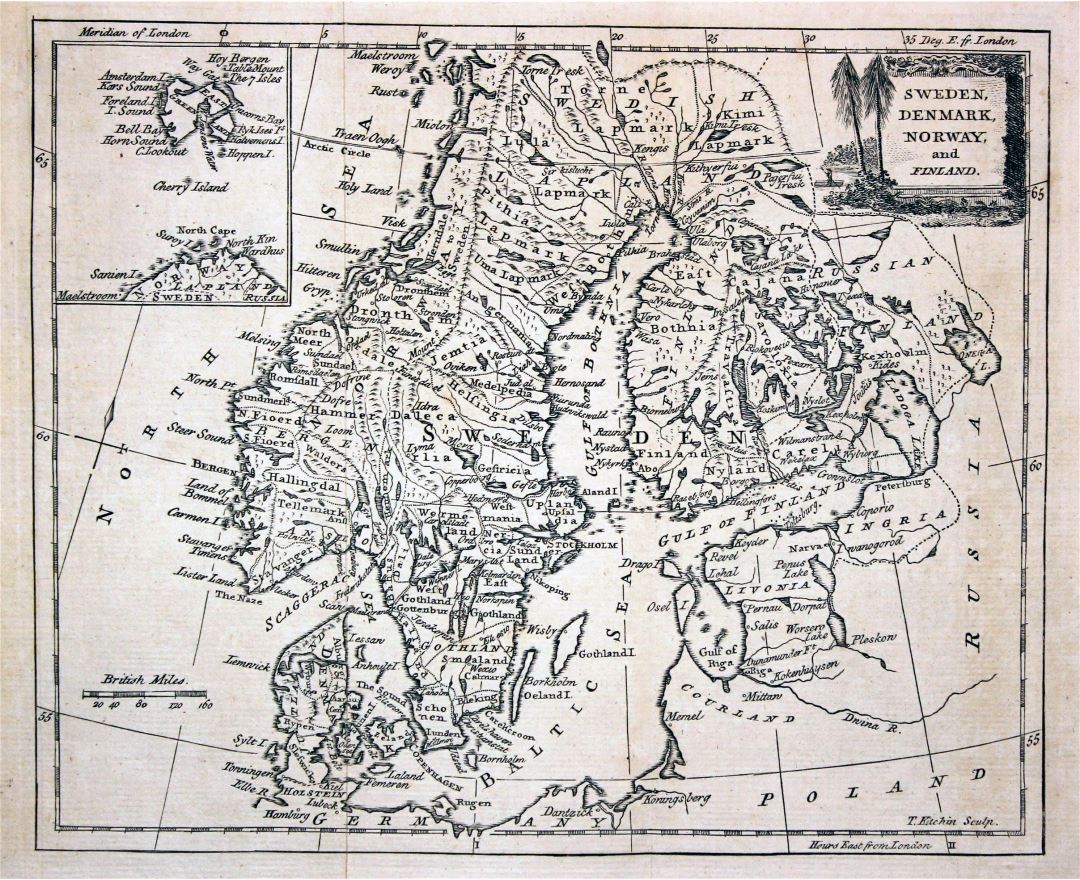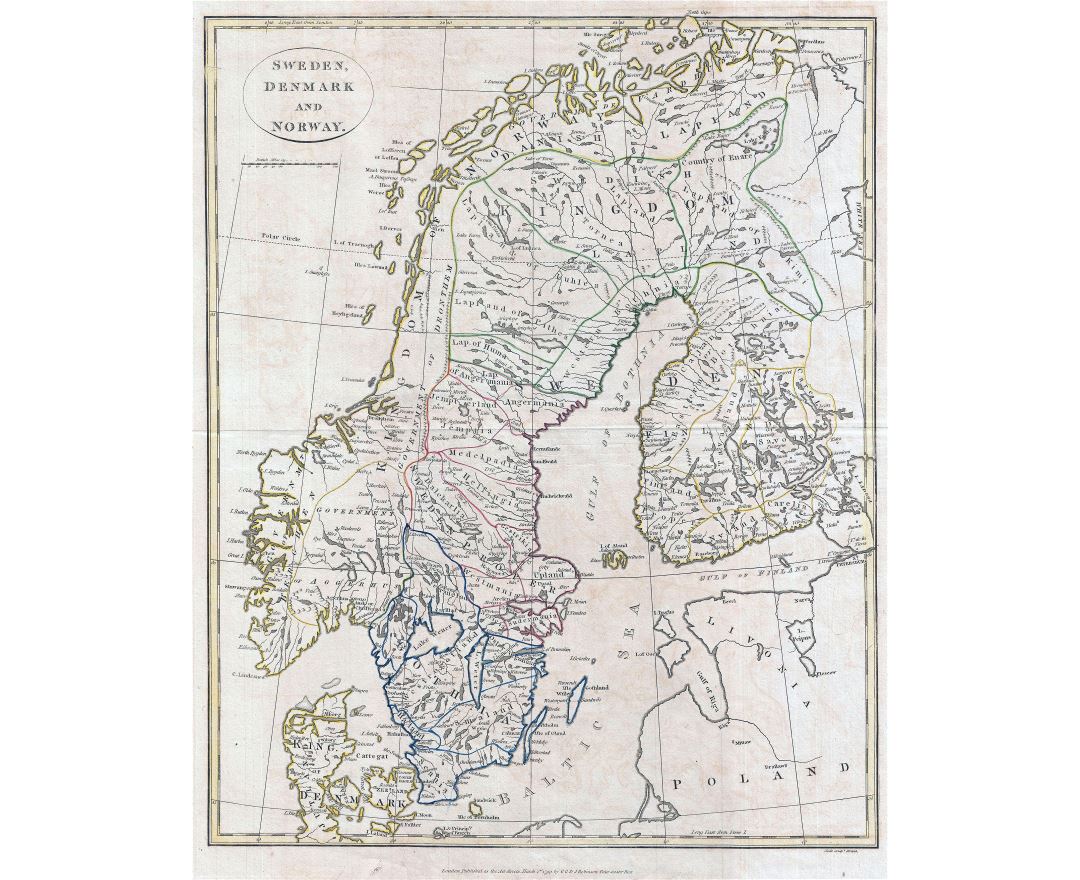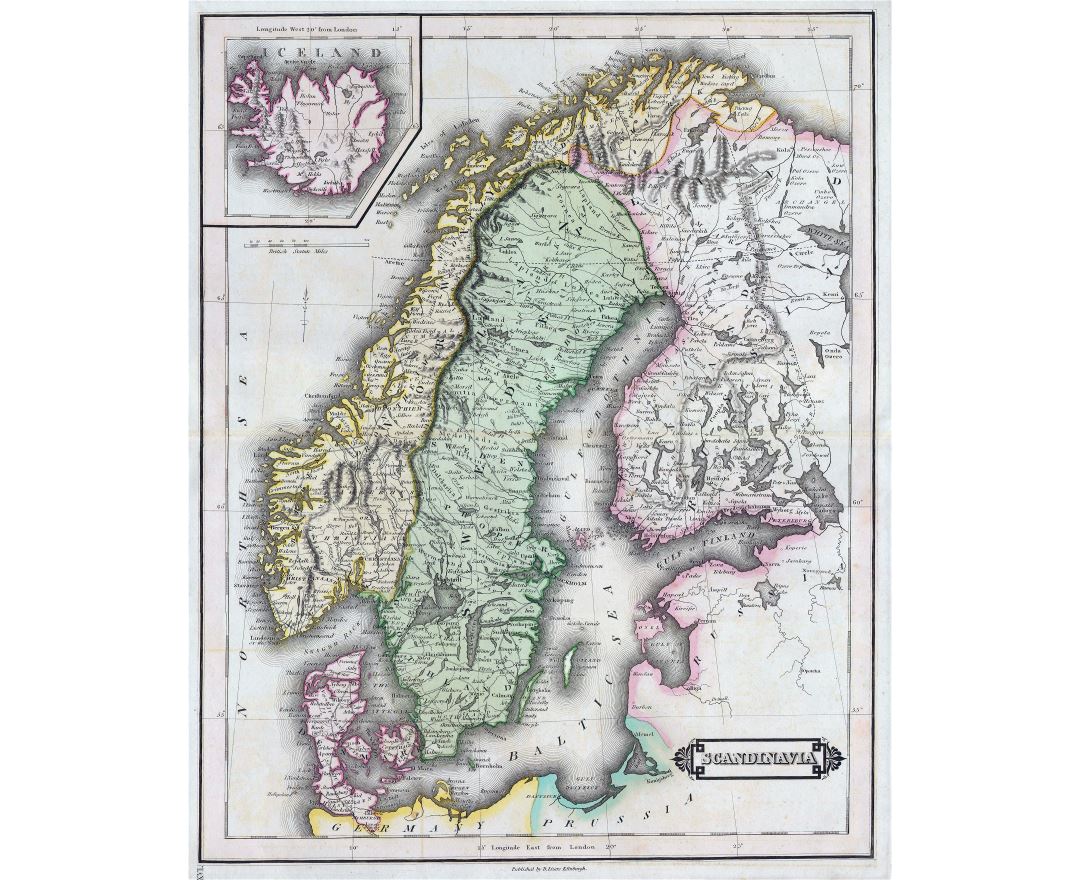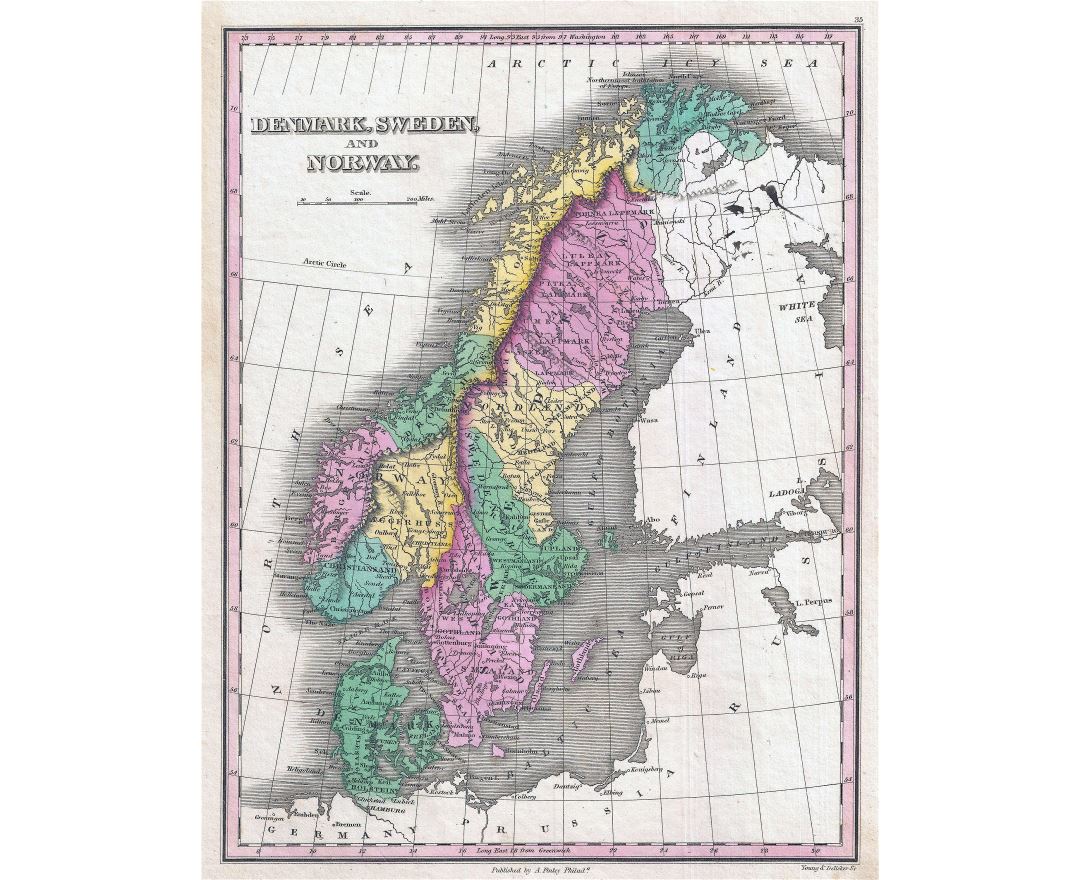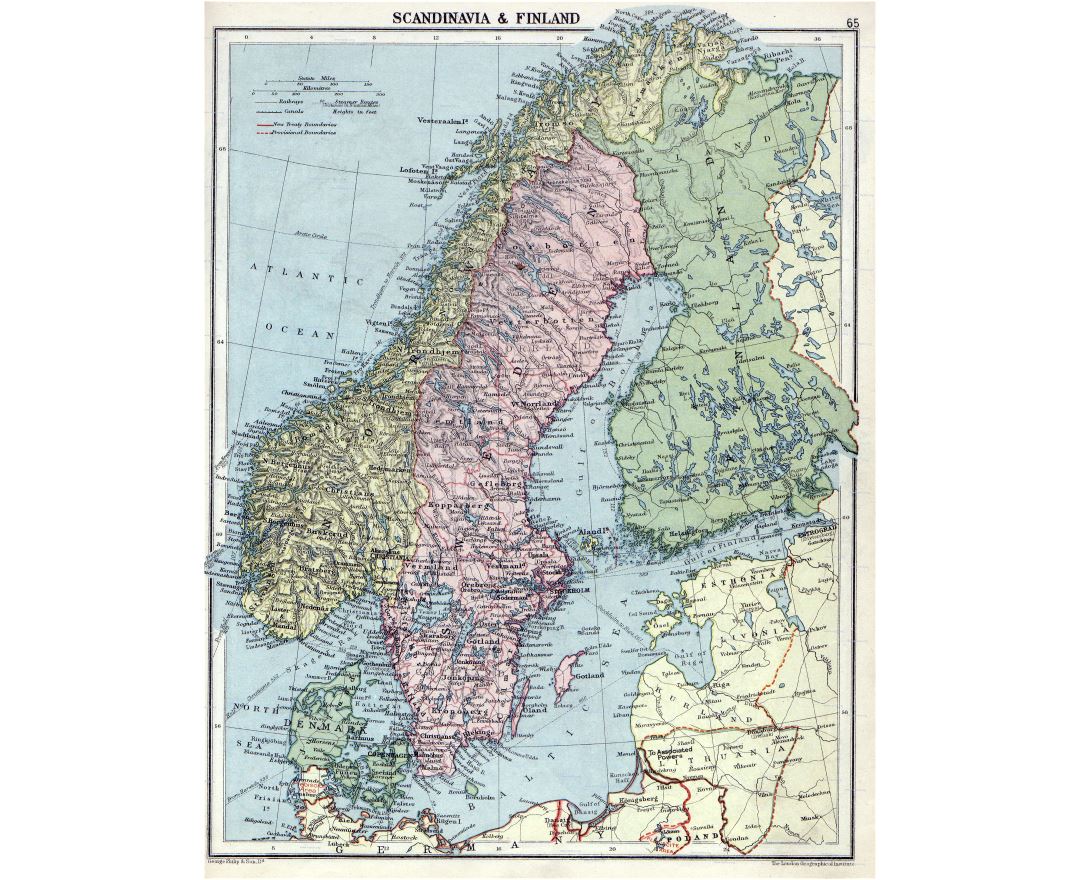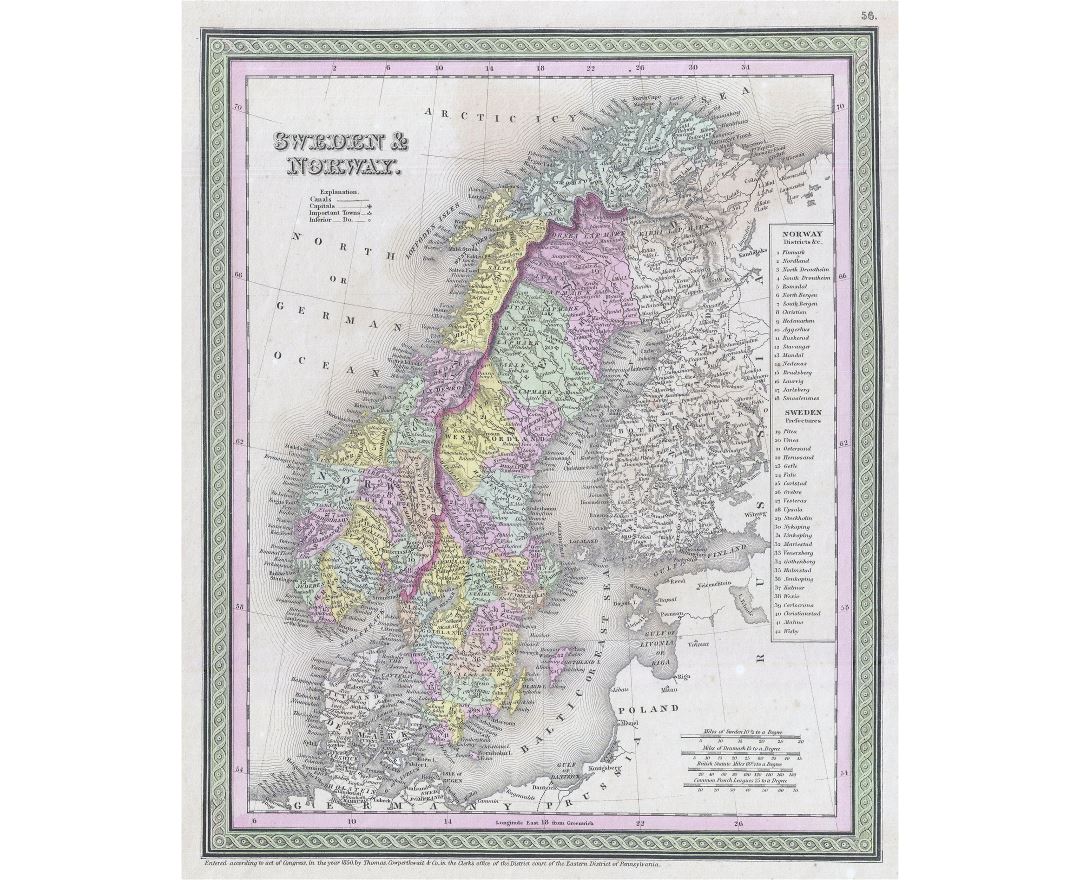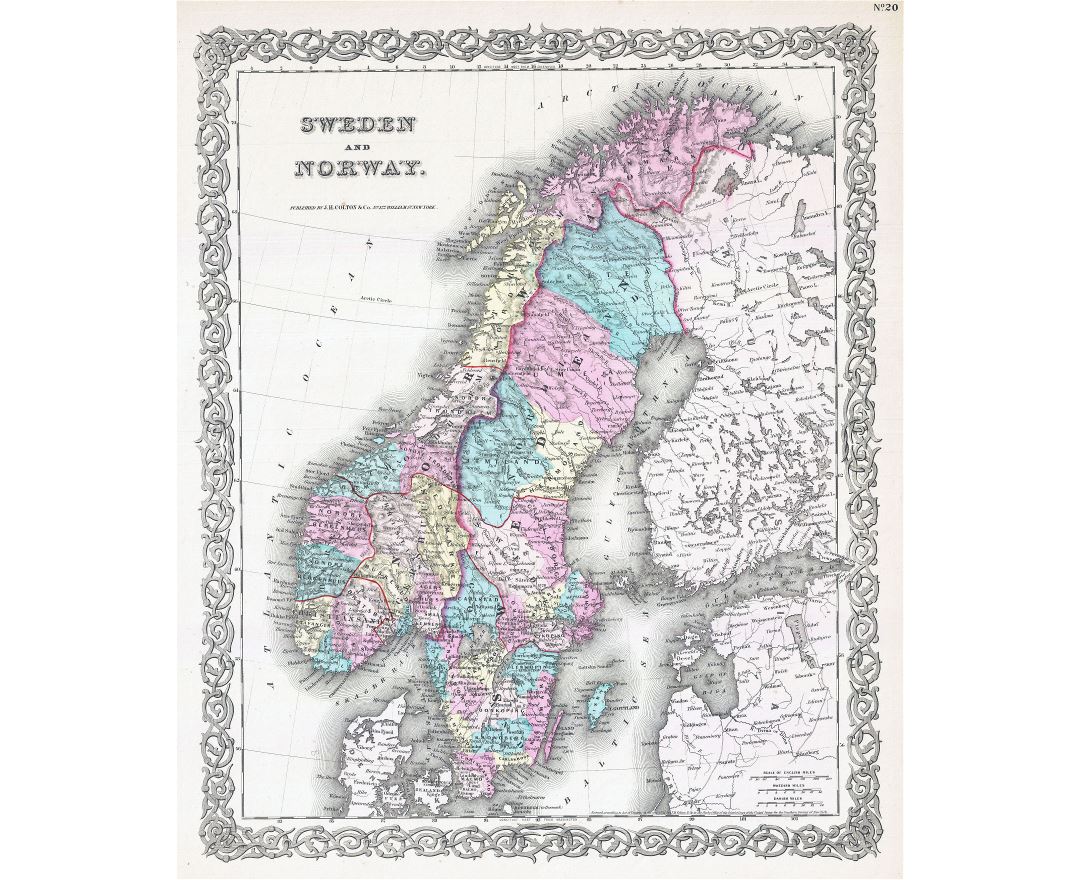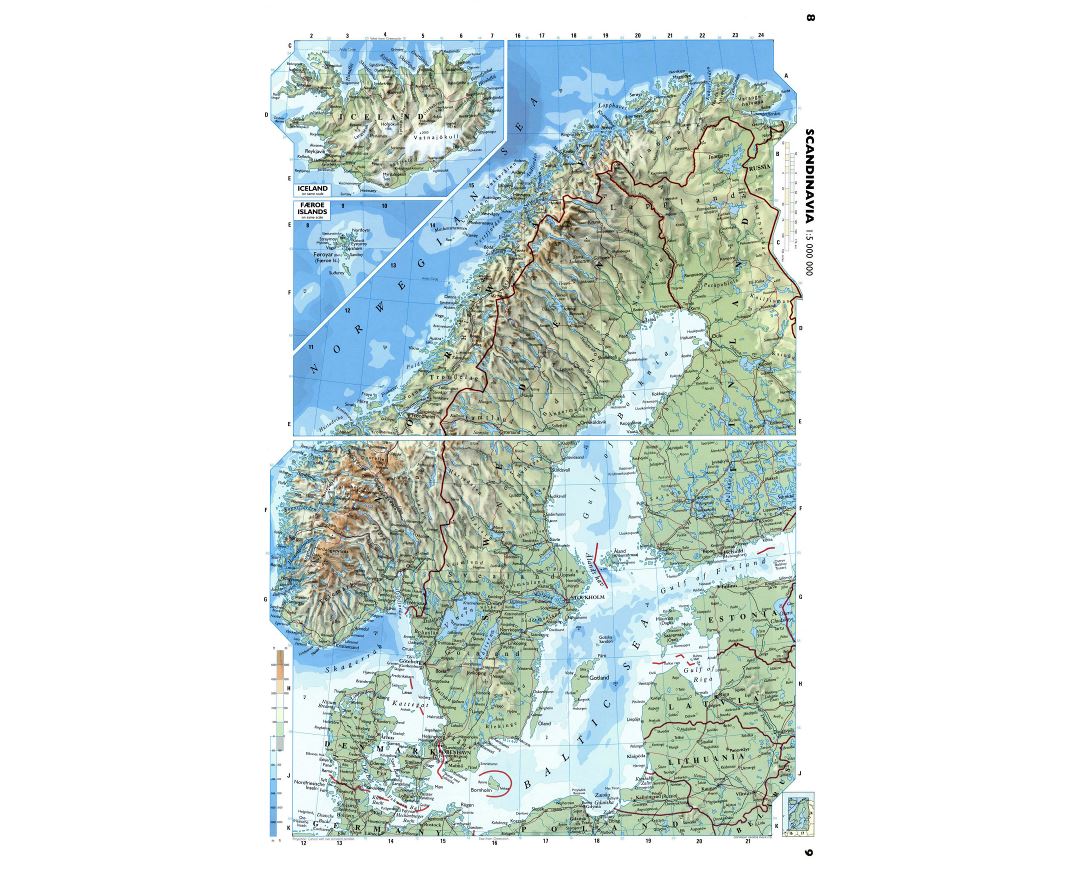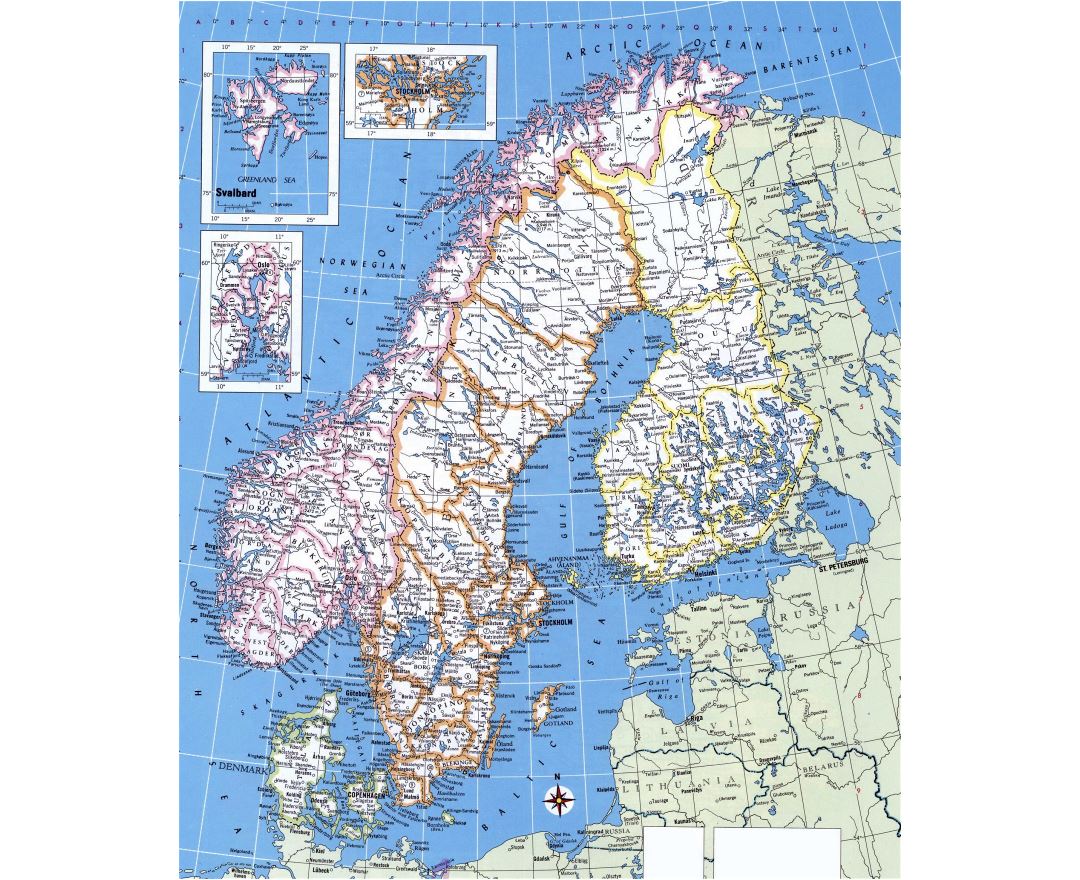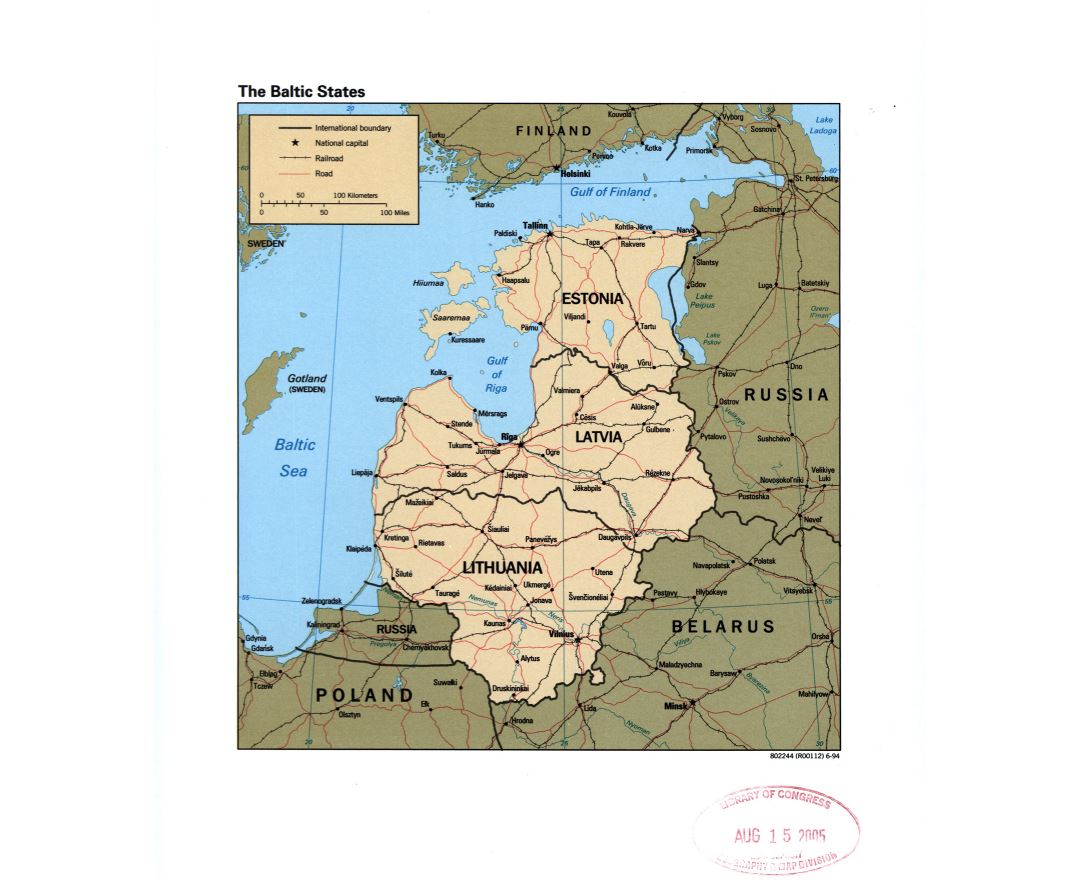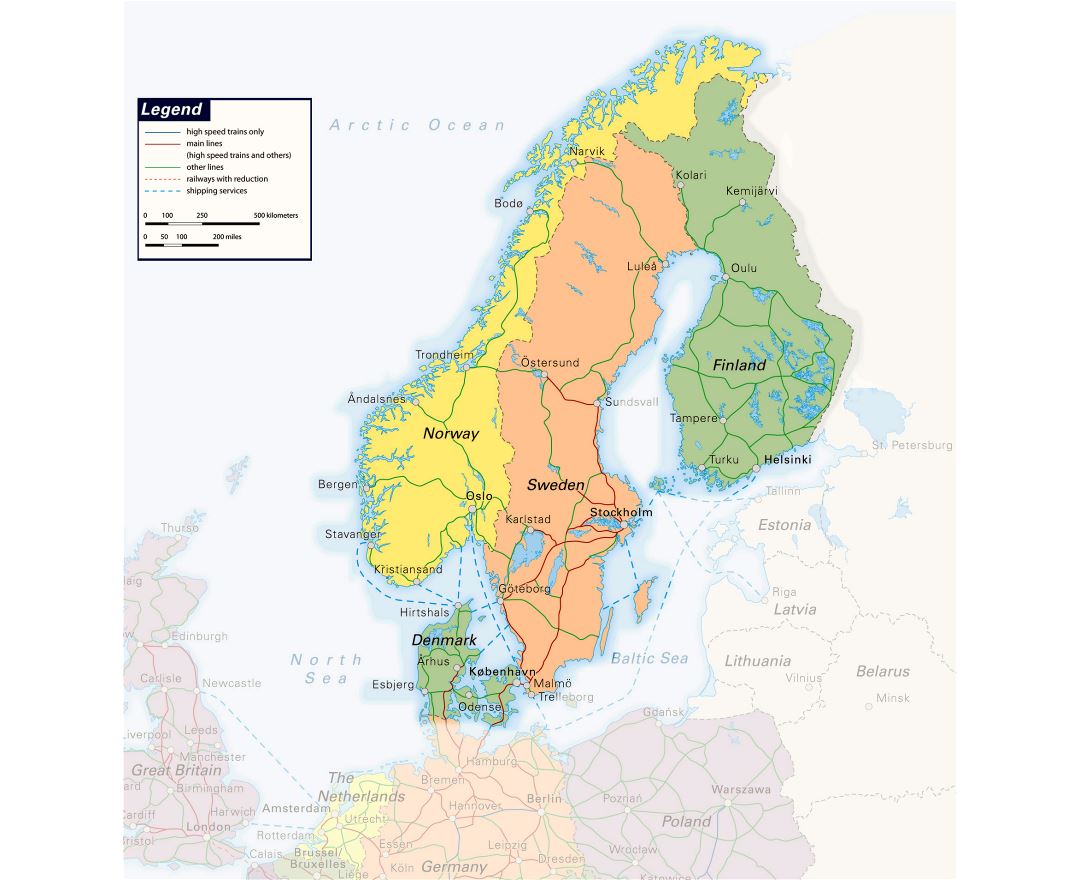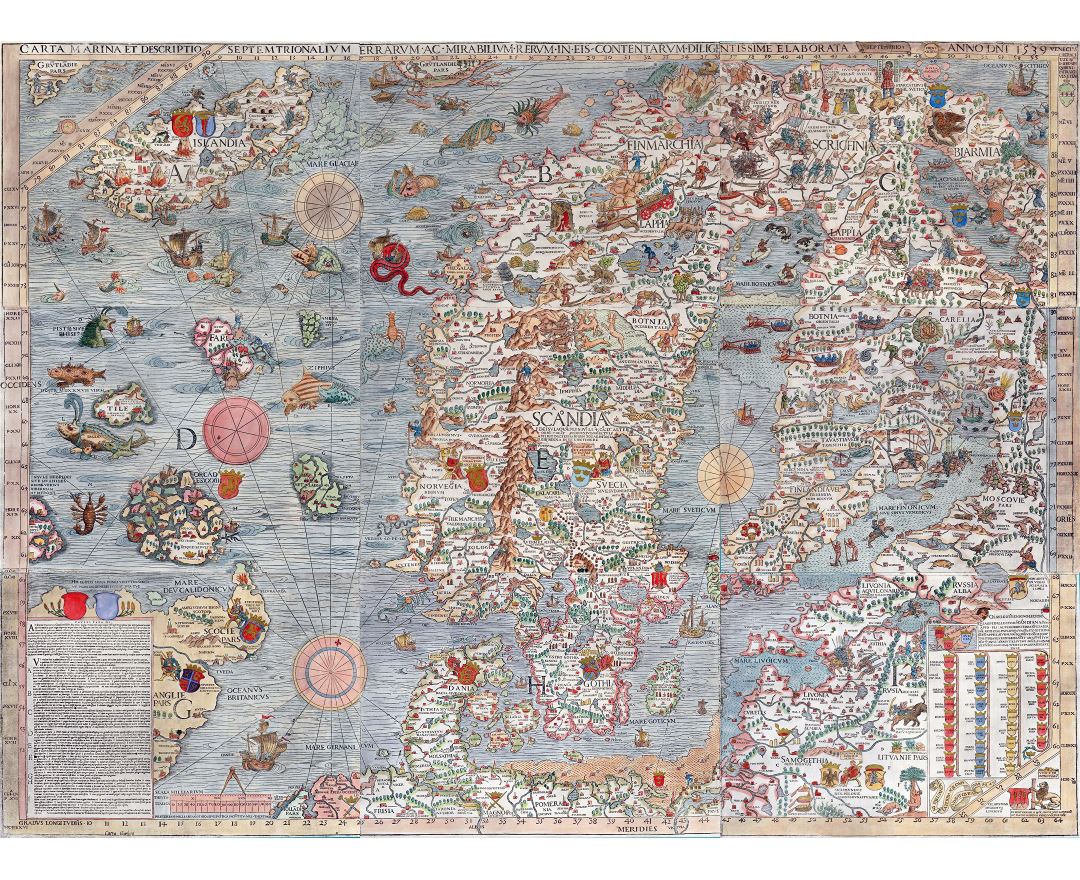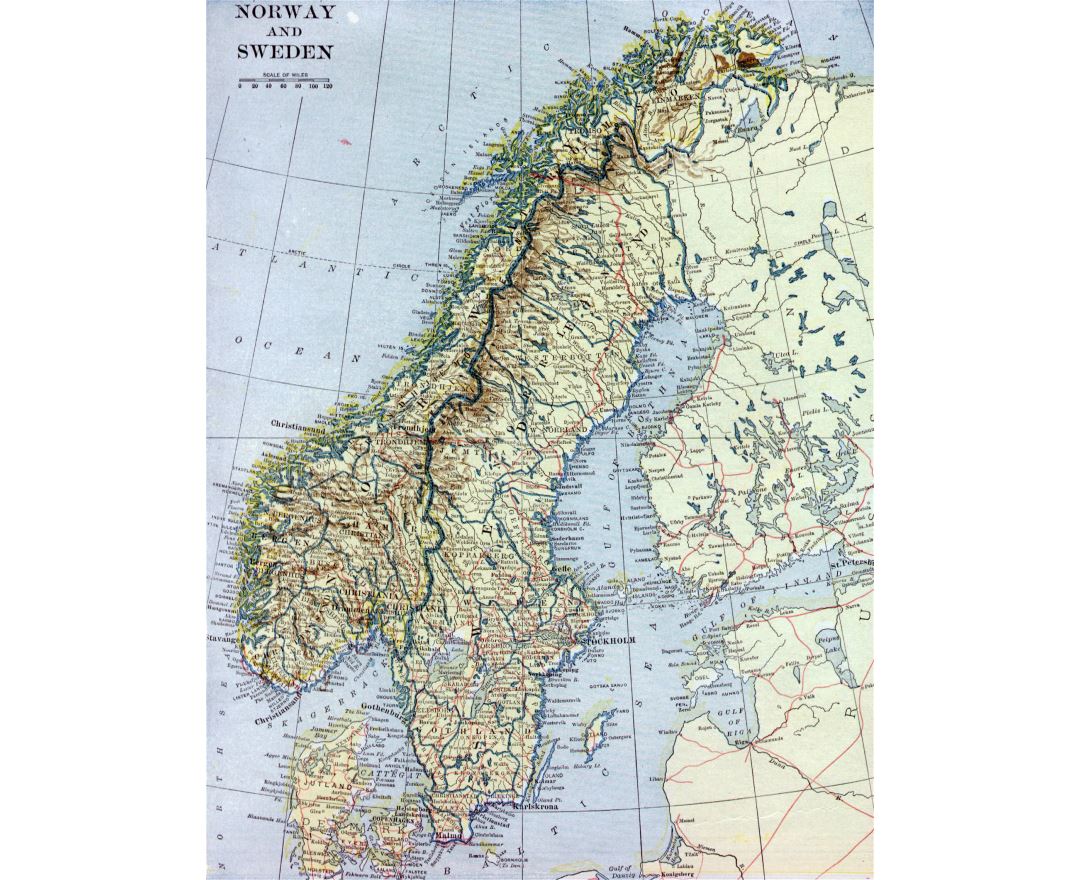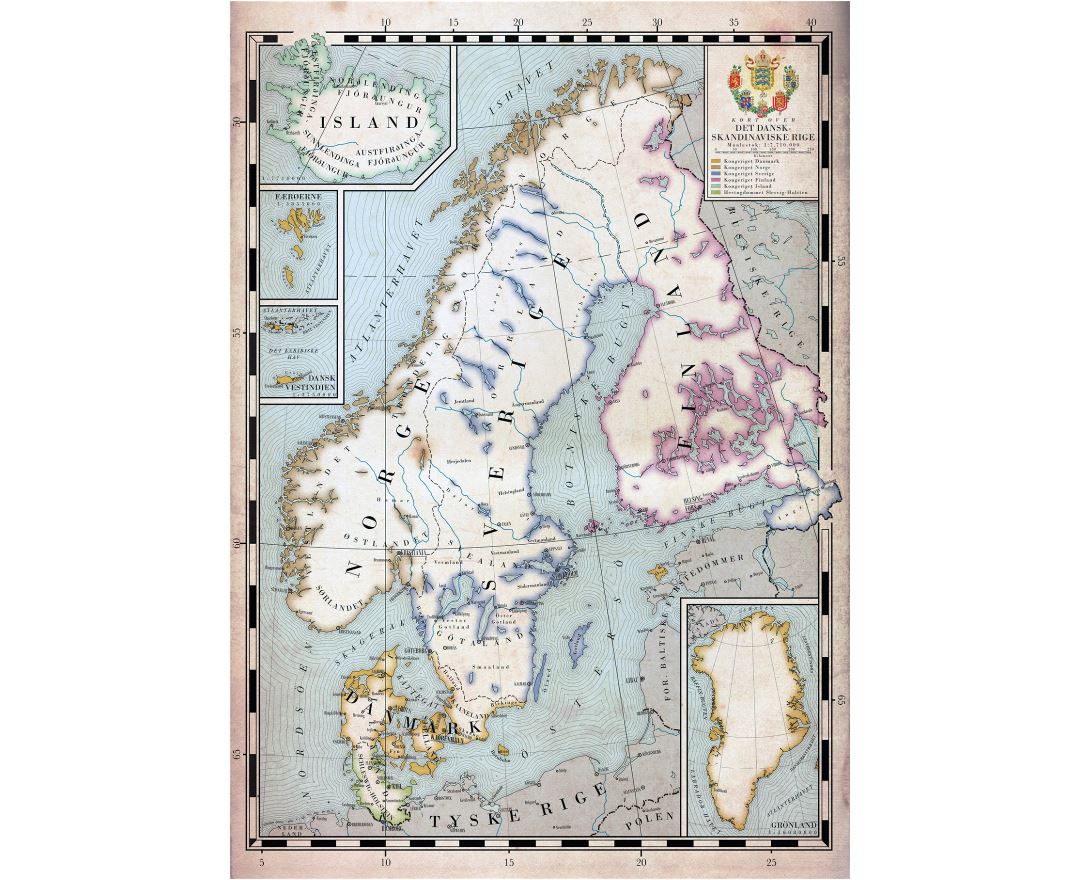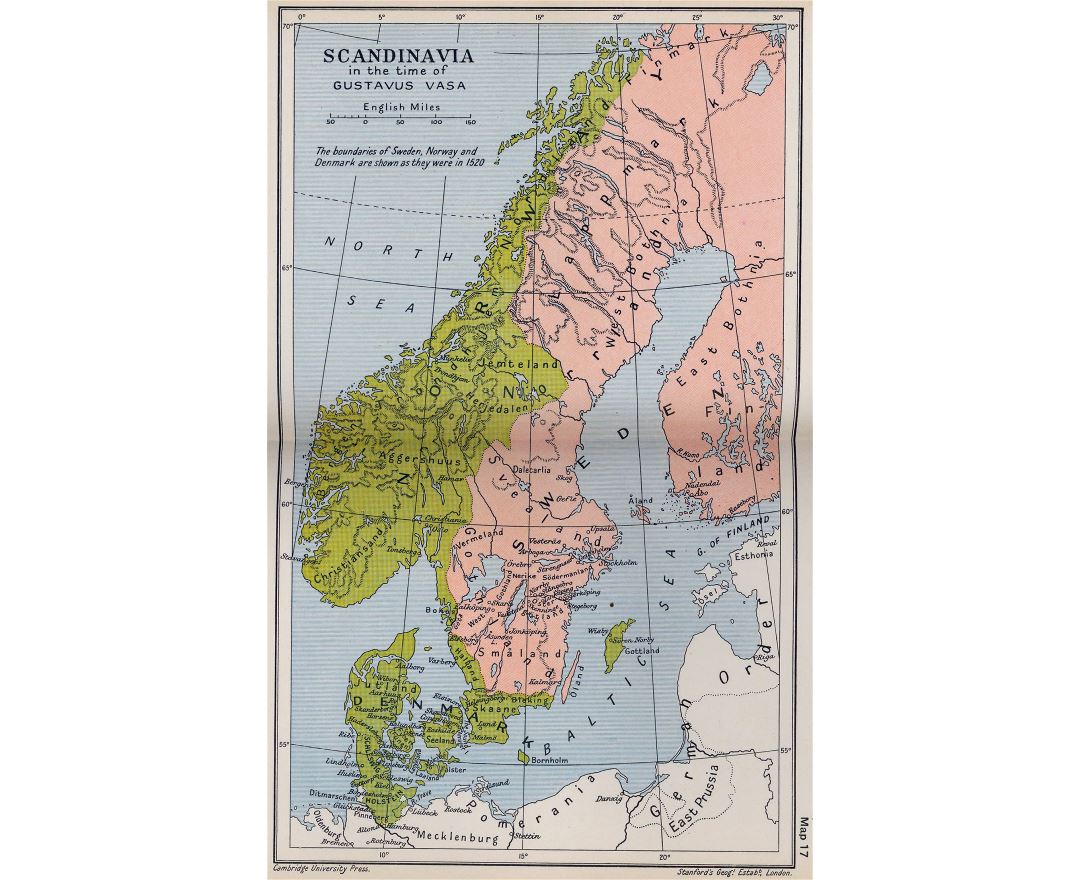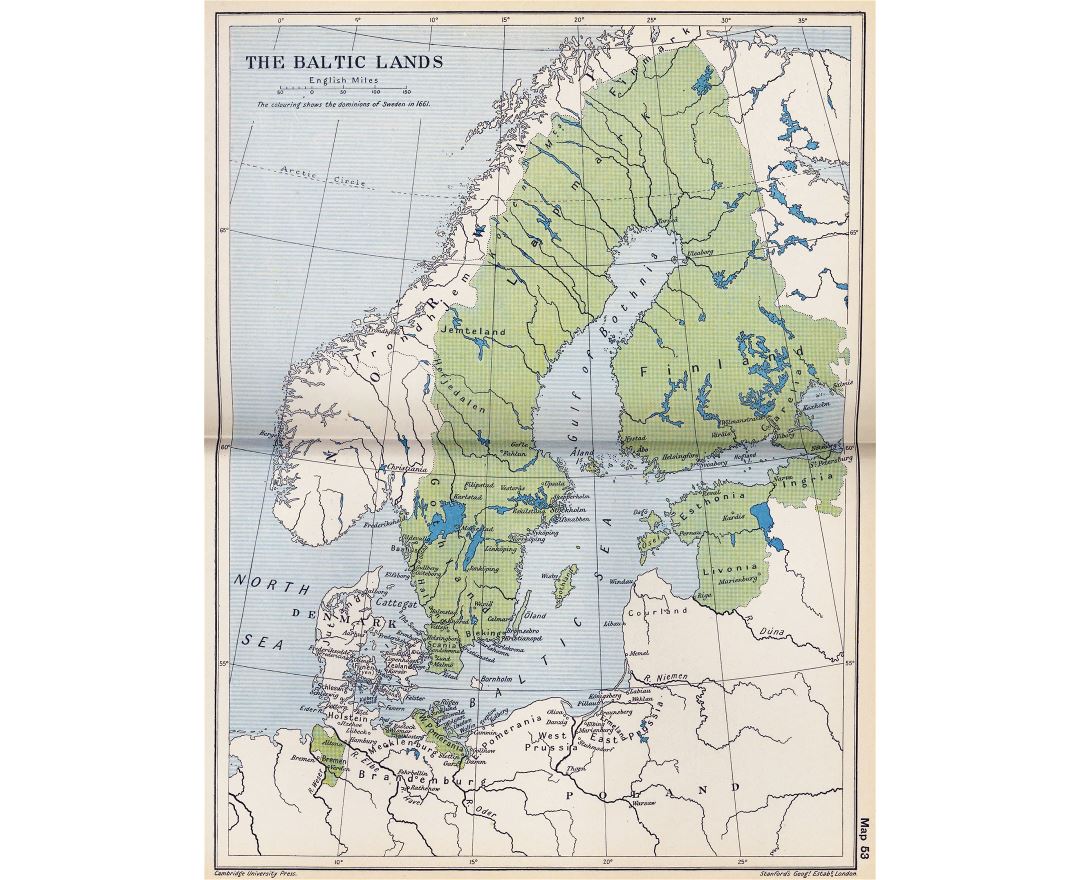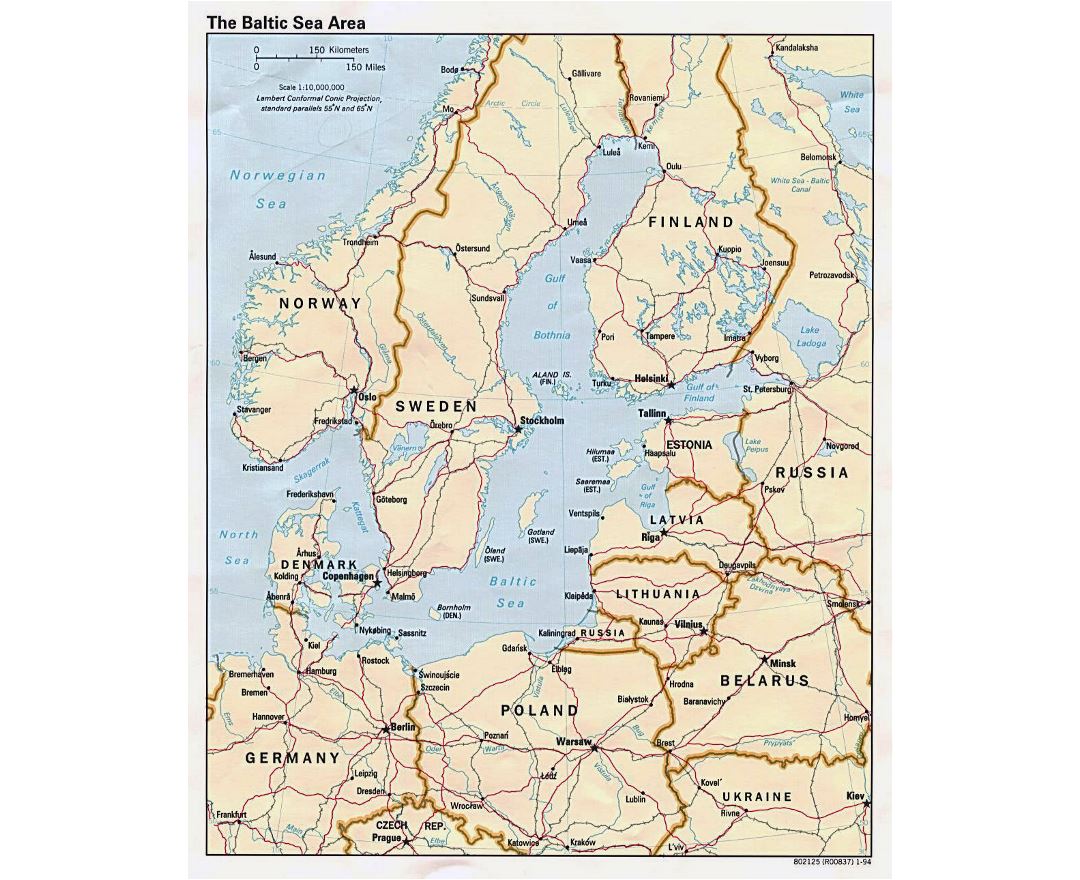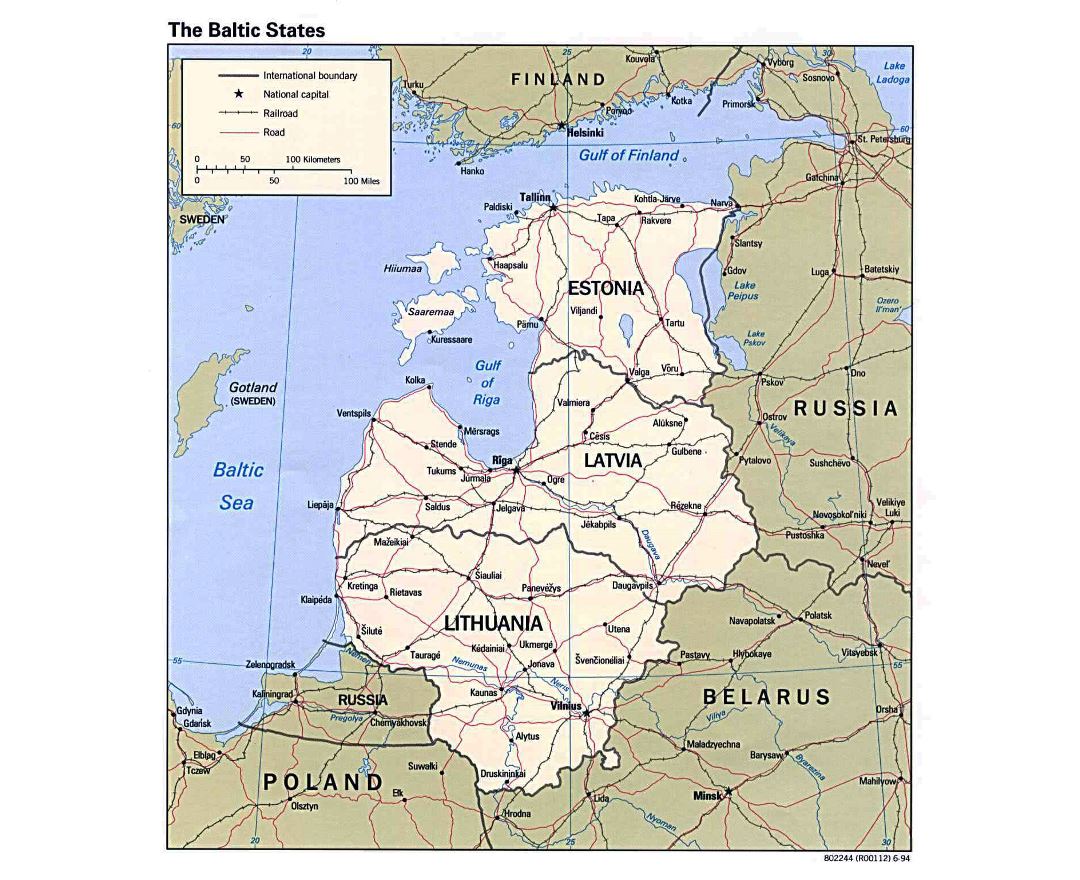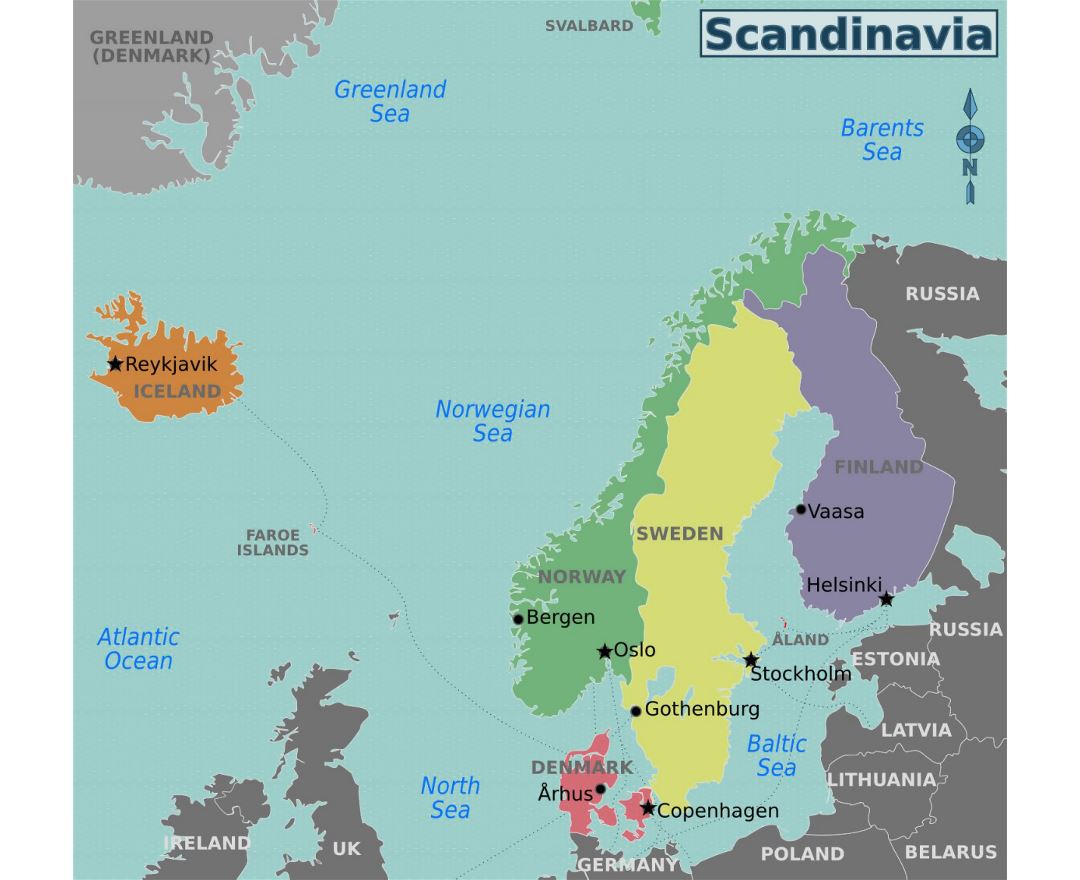Baltic and Scandinavia
Baltic region
The terms Baltic region, Baltic Rim countries, and Baltic Rim refer to slightly different combinations of countries in the general area surrounding the Baltic Sea.
Scandinavia
Scandinavia is a historical and cultural region in Northern Europe characterized by a common ethno-cultural North Germanic heritage and mutually intelligible North Germanic languages.
The term Scandinavia always includes the mainlands of the three kingdoms of Denmark, Norway, and Sweden. Norwegian dependencies, including Svalbard and Jan Mayen, are usually not seen as a part of Scandinavia, nor is Danish Greenland. However, the Danish Faroe Islands are sometimes included, as sometimes are Iceland and Finland, because of their historical association with the Scandinavian countries and the Scandinavian peoples and languages. This looser definition almost equates to that of the Nordic countries. In Nordic languages, only mainland Denmark, Norway and Sweden, are commonly included in the definition.
In English usage, Scandinavia sometimes refers to the geographical area, also known as the Scandinavian Peninsula. The name Scandinavia originally referred vaguely to the formerly Danish, now Swedish, region Scania. The terms Scandinavia and Scandinavian entered usage in the late 18th century as terms for Denmark, Norway and Sweden, their Germanic majority peoples and associated language and culture, the term being introduced by the early linguistic and cultural Scandinavist movement.
The majority of the population of Scandinavia are descended from several (North) Germanic tribes who originally inhabited the southern part of Scandinavia, and spoke a Germanic language that evolved into Old Norse. Icelanders and the Faroese are to a significant extent descended from the Norse, and are therefore often seen as Scandinavian. Finland is mainly populated by Finns, with a significant minority of Swedish speakers. A small minority of Sami people live in the extreme north of Scandinavia.
The Danish, Norwegian, and Swedish languages form a dialect continuum and are known as the Scandinavian languages - all of which are considered mutually intelligible with one another. Faroese and Icelandic, sometimes referred to as insular Scandinavian languages, are intelligible in continental Scandinavian languages only to a limited extent. Finnish and Meänkieli are closely related to each other and more distantly to the Sami languages, but are entirely unrelated to the Scandinavian languages. Apart from these, German, Yiddish and Romani are recognized minority languages in Scandinavia.
The southern and by far most populous regions of Scandinavia have a temperate climate. Scandinavia extends north of the Arctic Circle, but has relatively mild weather for its latitude due to the Gulf Stream. Much of the Scandinavian mountains have an alpine tundra climate. There are many lakes and moraines, legacies of the last glacial period, which ended about ten millennia ago.

